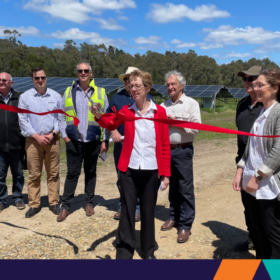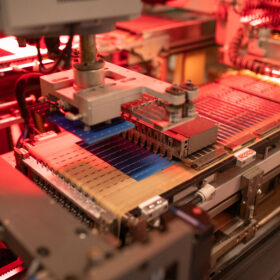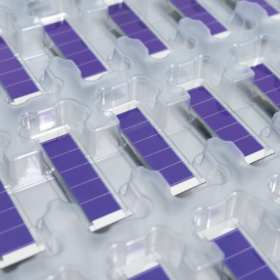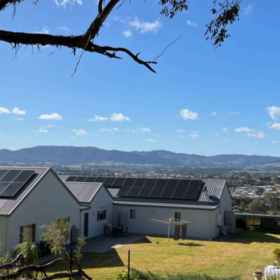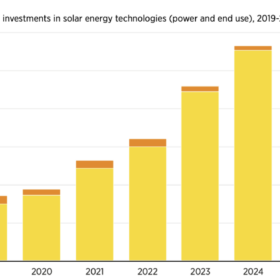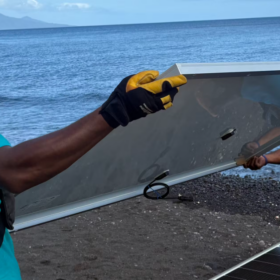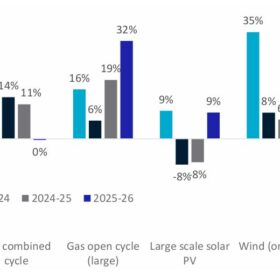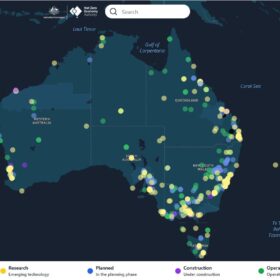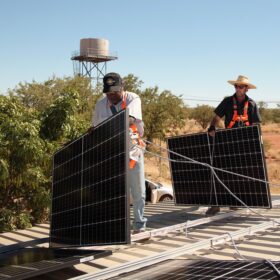Salvation Army powers aid efforts with new agrivoltaic solar farm
The Salvation Army Australia has completed an agrivoltaic, and its first, solar farm near Melbourne, with the aim to reduce its carbon footprint while boosting its ability to help those most in need.
Panasonic glass-based perovskite solar panels tested in office windows
Japanese electronics manufacturer Panasonic is testing its glass-based perovskite solar PV technology in office windows made by YKK AP, a construction and building materials company.
Rooftop solar install rates reach 2025 high
The latest monthly update from market analyst SunWiz shows 279 MW of new rooftop solar capacity was registered across Australia in November 2025, up 28 MW on the 251 MW that was installed during the previous month.
Tindo’s road ahead paved with funds, challenges and future-proofed growth
pv magazine spoke with Australian solar panel manufacturer Tindo Chief Executive Officer Richard Petterson about the company’s future expansion on the back of Solar Sunshot funding, and how it plans to tackle current market and manufacturing challenges to stay on course for future growth.
ChasingLight Technology launches indoor organic PV modules
The China-based organic photovoltaics manufacturer has launched a line of indoor PV modules suitable for integration into digital office products and electronic devices.
South Australia installer milks the sun to power advanced robotic dairy
South Australian clean energy systems installer My Energy Engineering has powered an advanced robotic dairy with an off-grid solar array and containerised battery storage system for reliable round the clock energy.
Australia breaks record with 5.2 GW solar installations in 2024: IEA report
An International Energy Agency survey of solar power applications in Australia shows 5.2 GW of installations in 2024 were achieved and the total capacity of solar at 40 GW, includes 26.1 GW of distributed systems and 13.4 GW of centralised installations.
Phono launches 475 W back-contact panel in Australian market
Chinese manufacturer Phono has launched a new bifacial solar panel in the Australian market featuring an output of 475 W and a power conversion efficiency of 23.27%.
IRENA says $851 billion invested in solar technologies in 2024
The International Renewable Energy Agency says solar is the only renewable energy technology where current investment levels are approaching the annual average needed through to 2030 to align with its 1.5 C pathway.
How Pacific nations plan to go from spending up to 25% of GDP on fossil fuels to running on 100% renewables
Picture dusk falling somewhere in the Solomon Islands. A fisher’s skiff glides home using a whisper-quiet electric outboard motor. In the Cook Islands, a big battery steadies the island grid. In Papua New Guinea’s highlands, solar kits bring electric light to homes for the first time.
